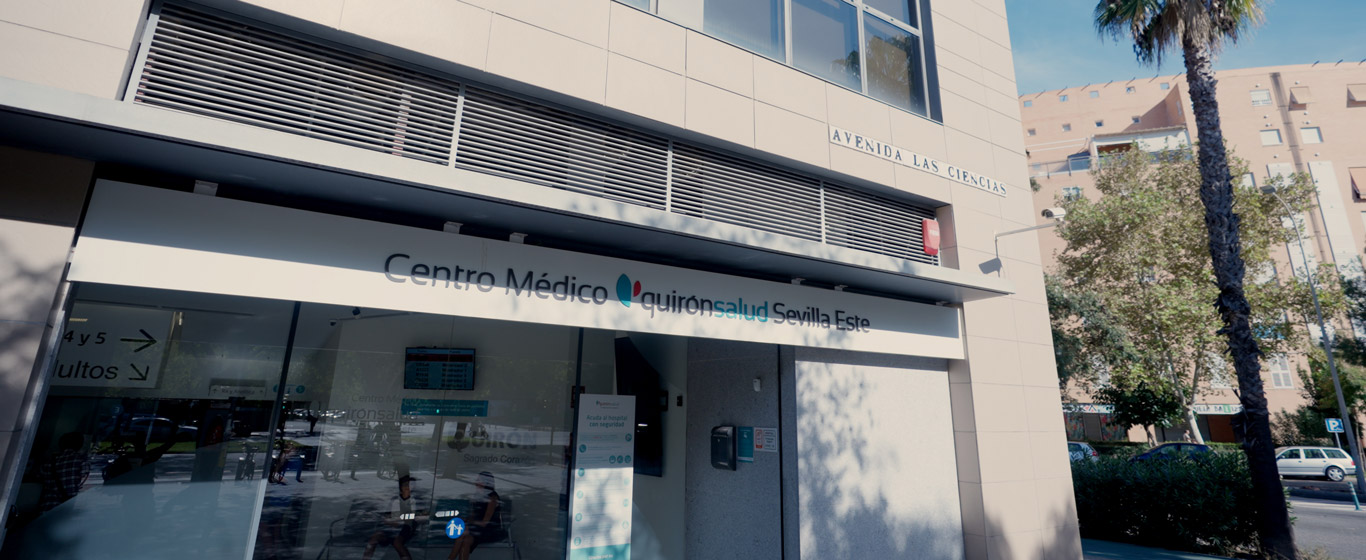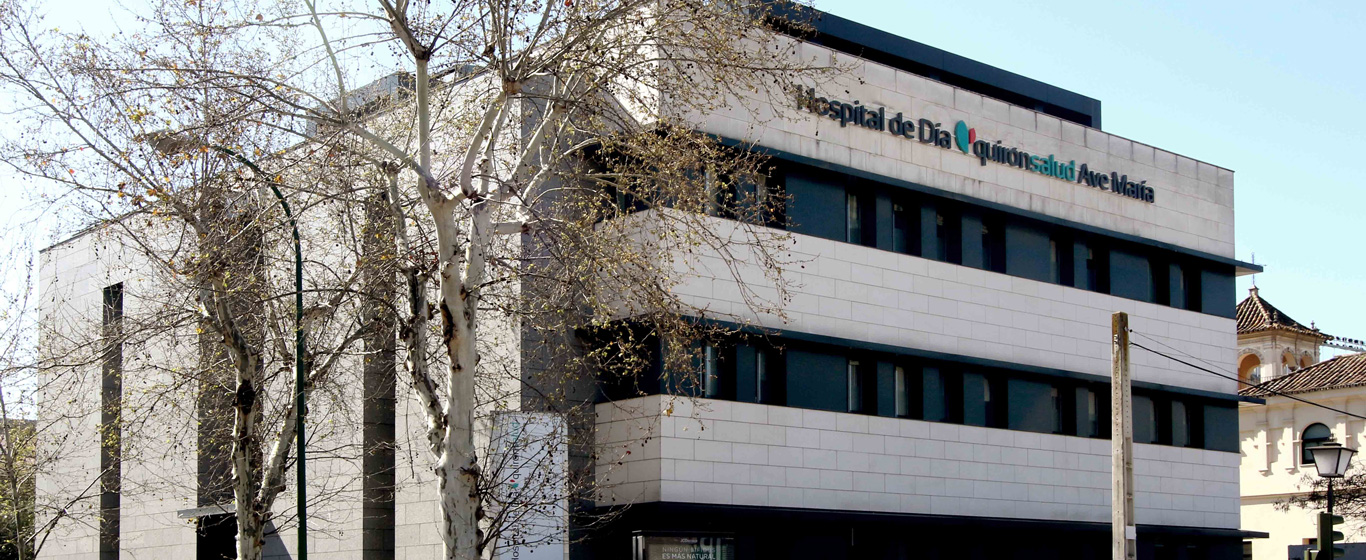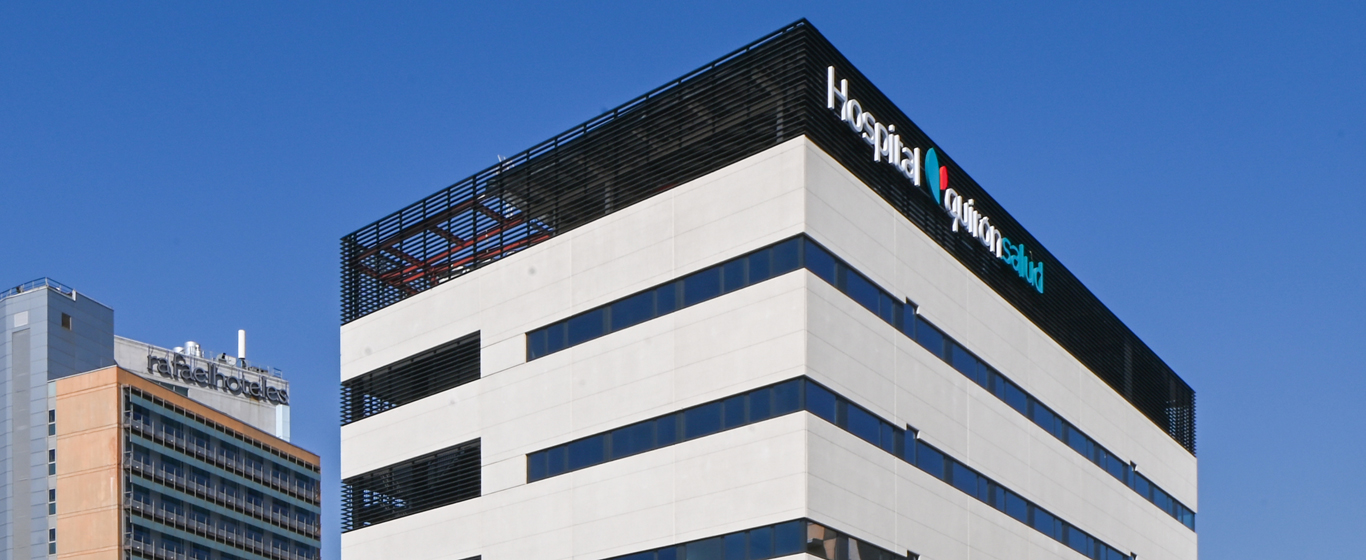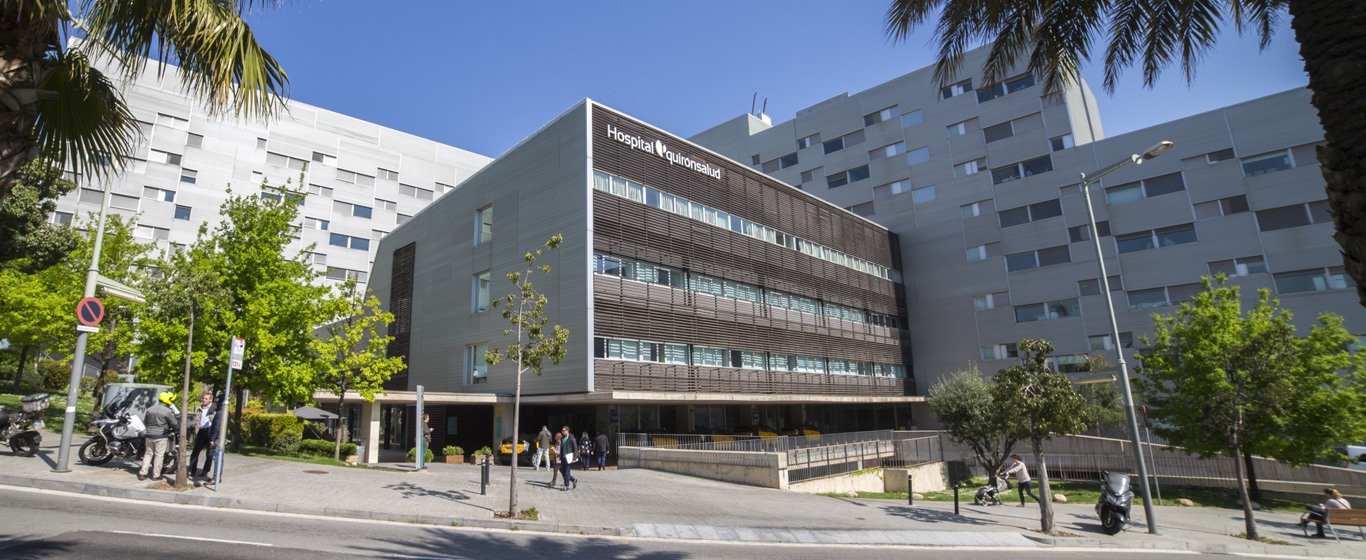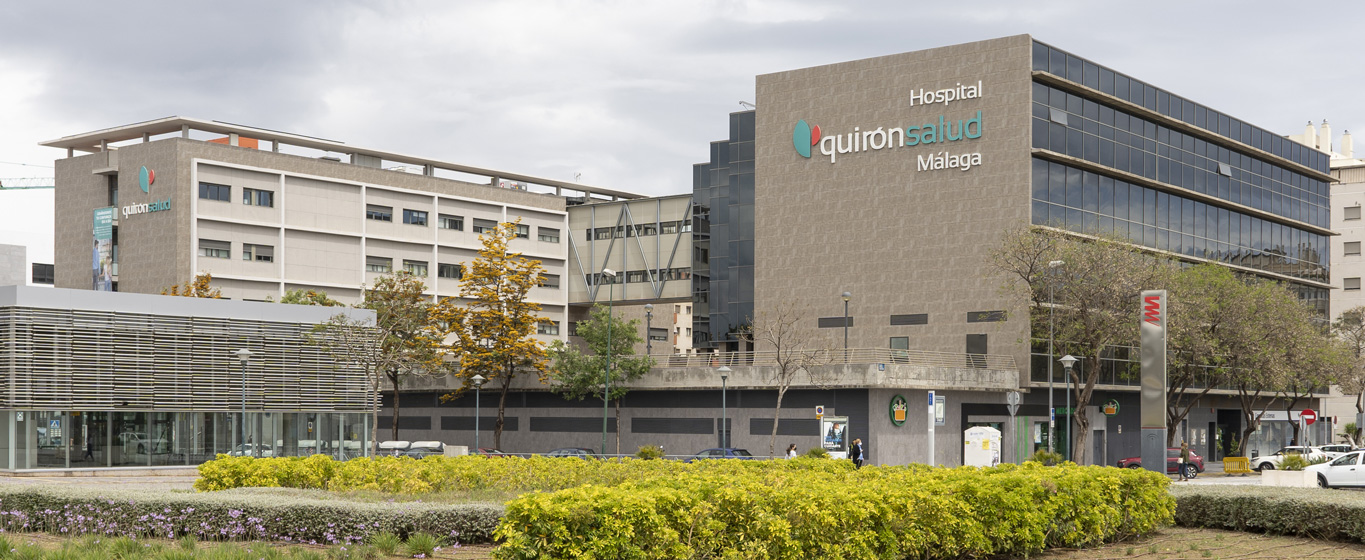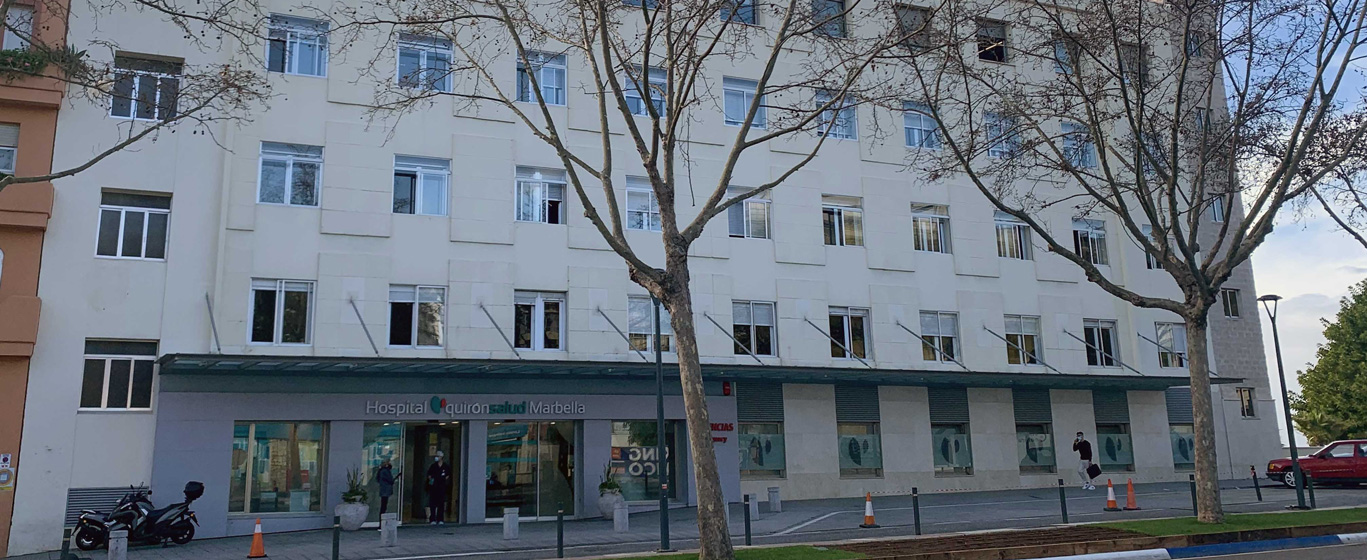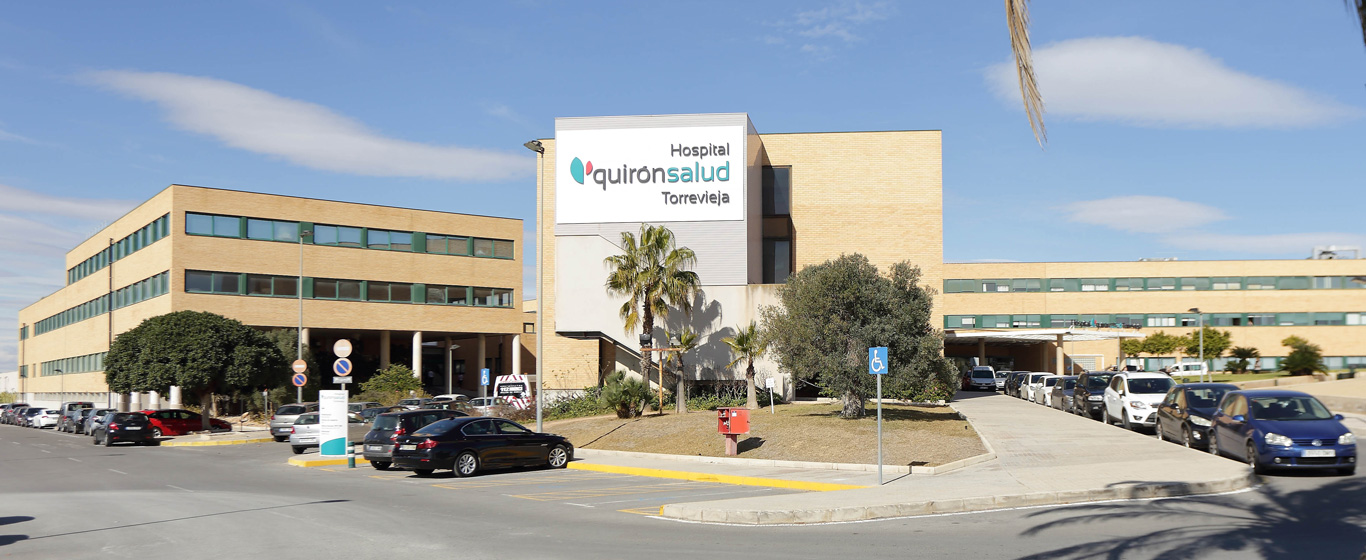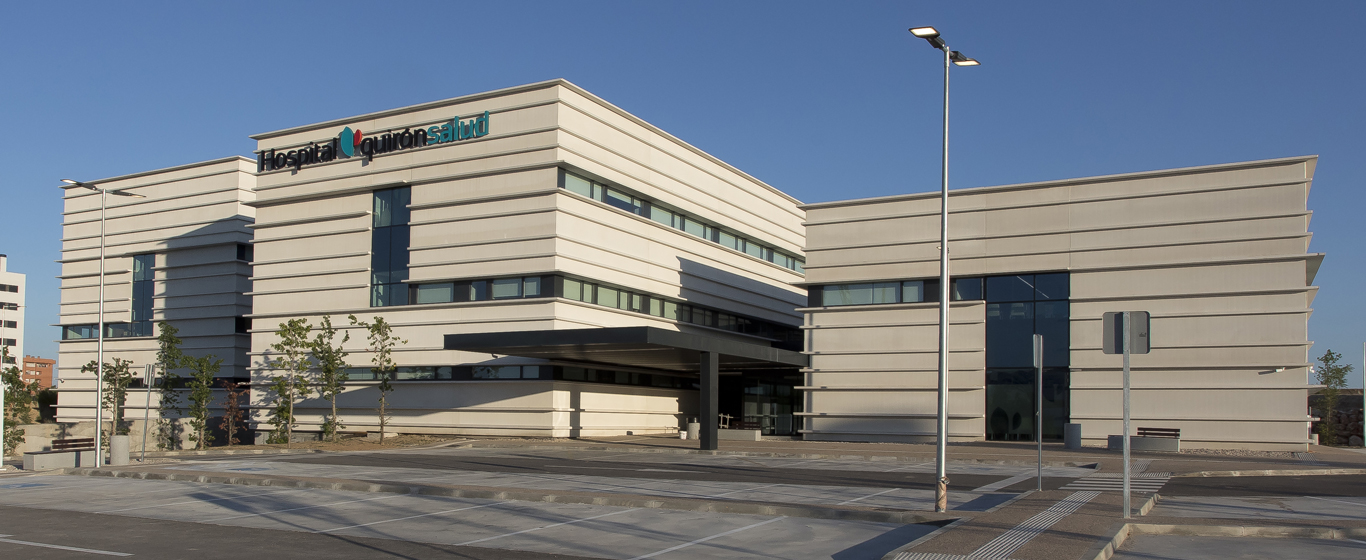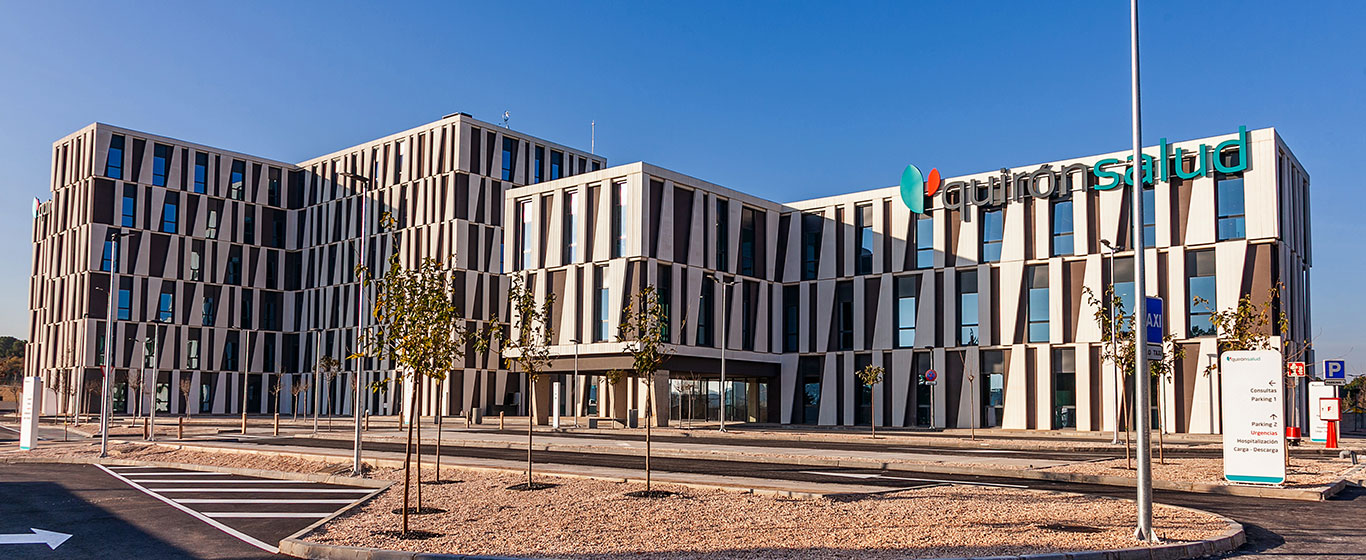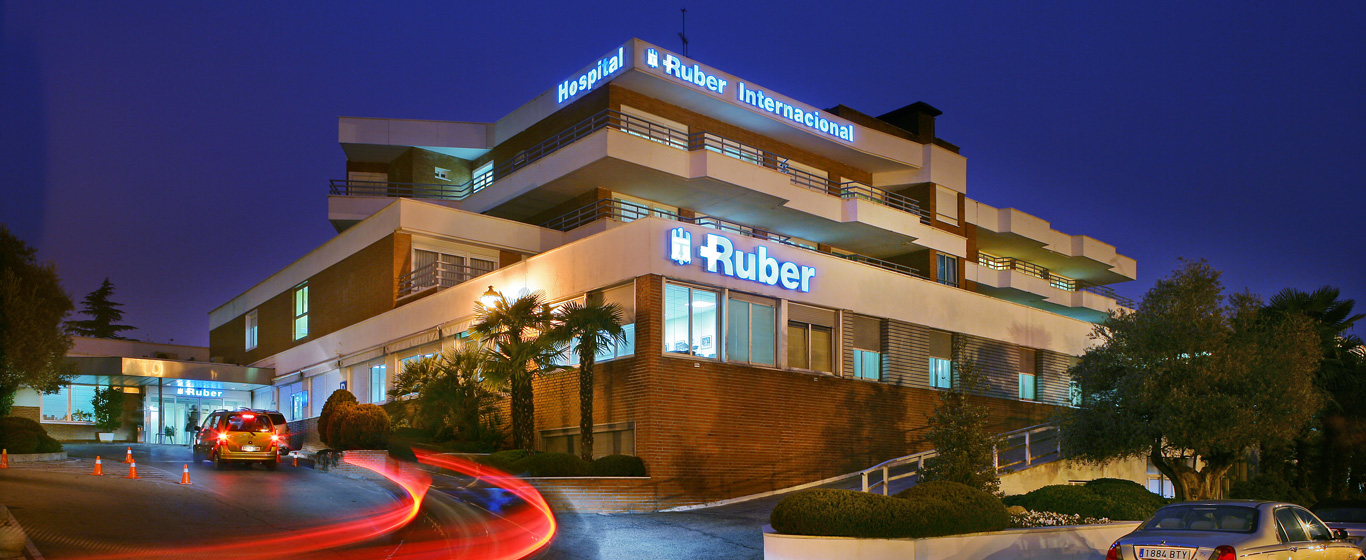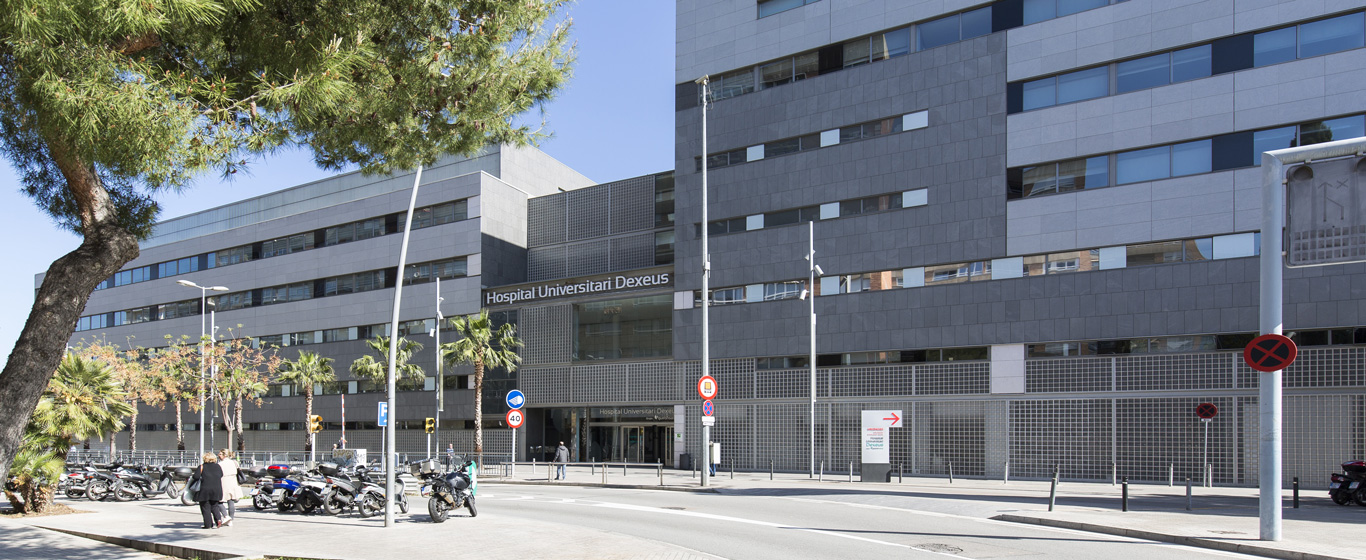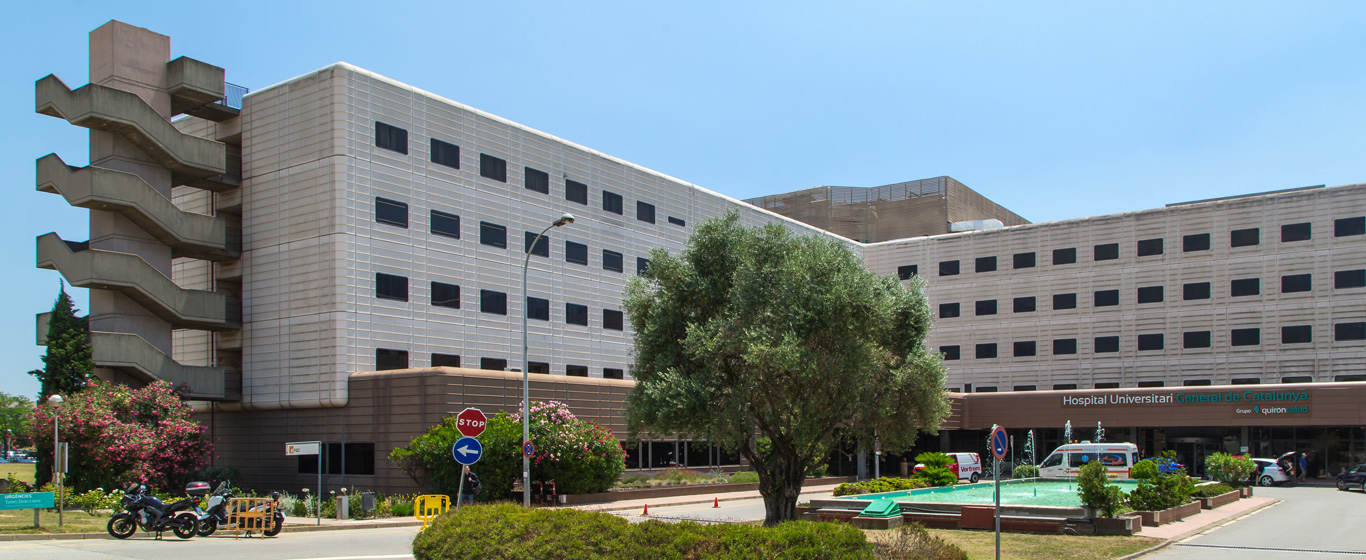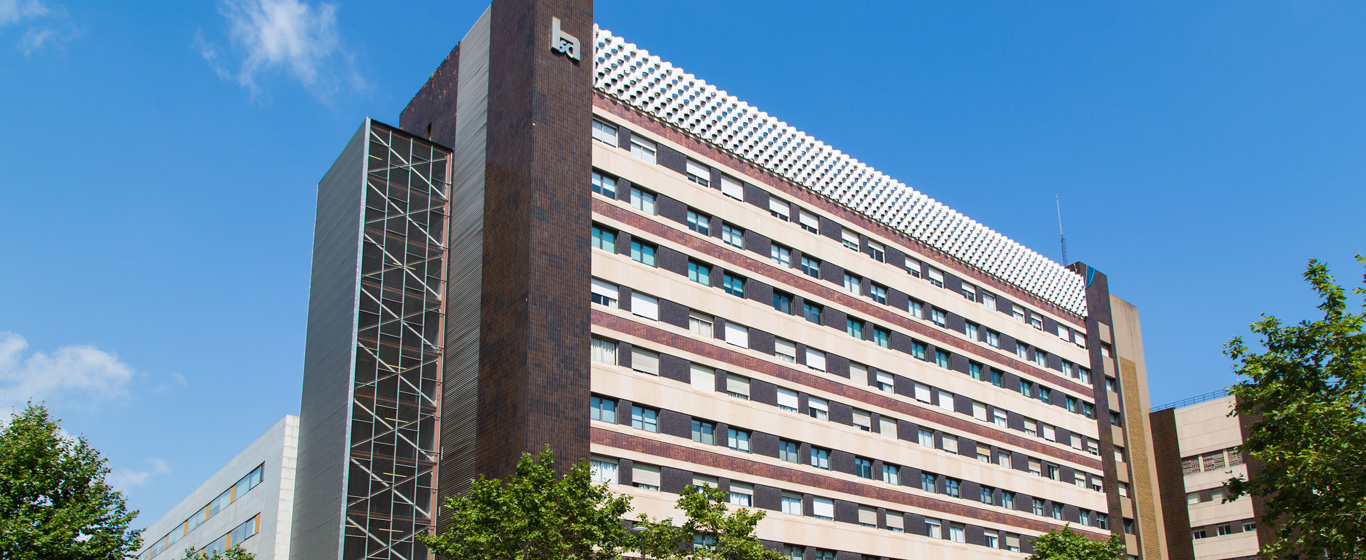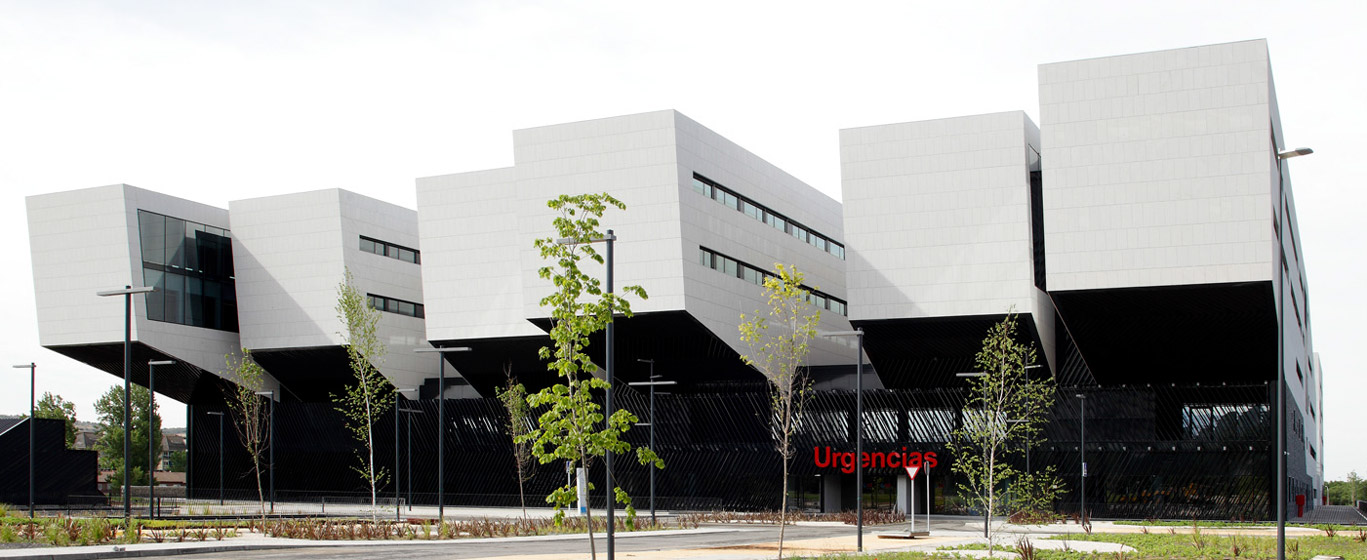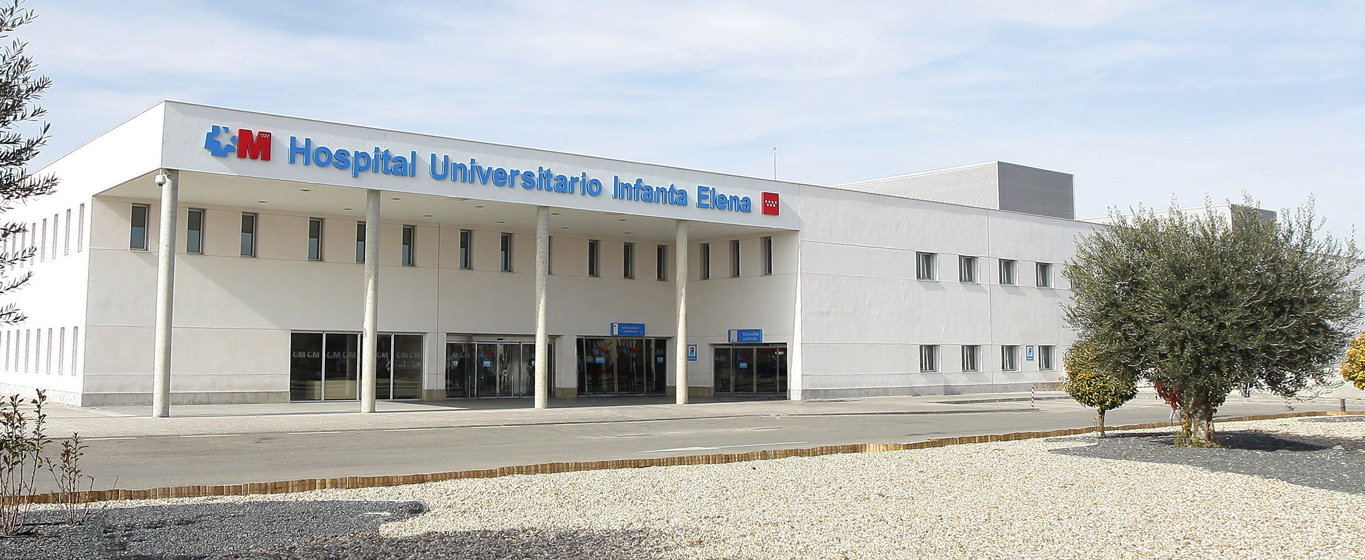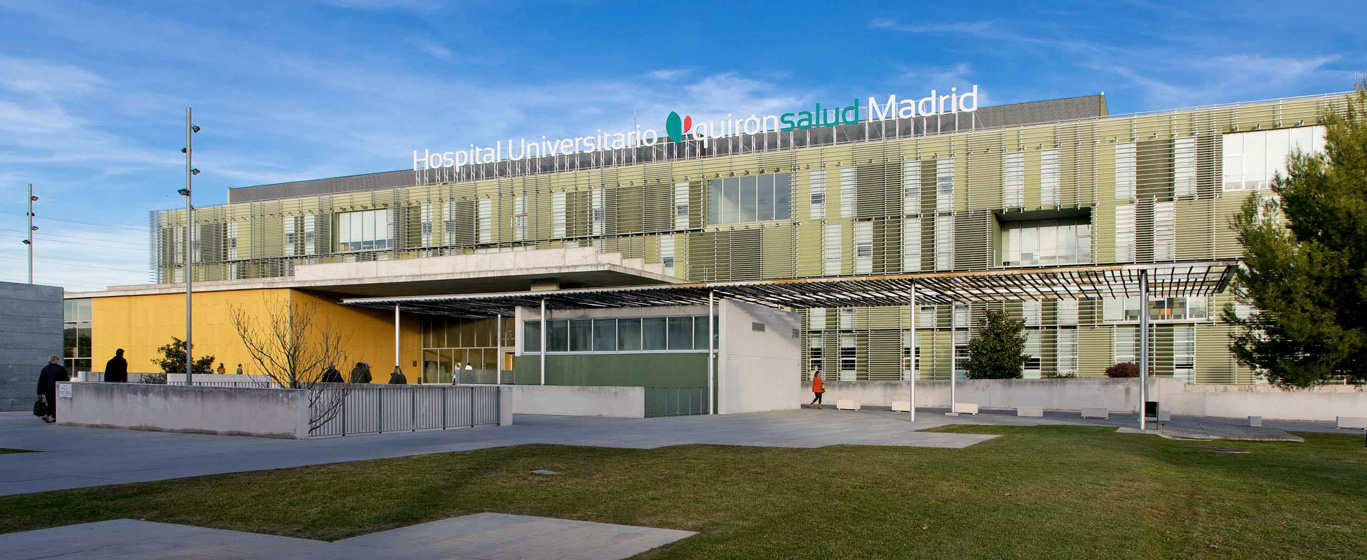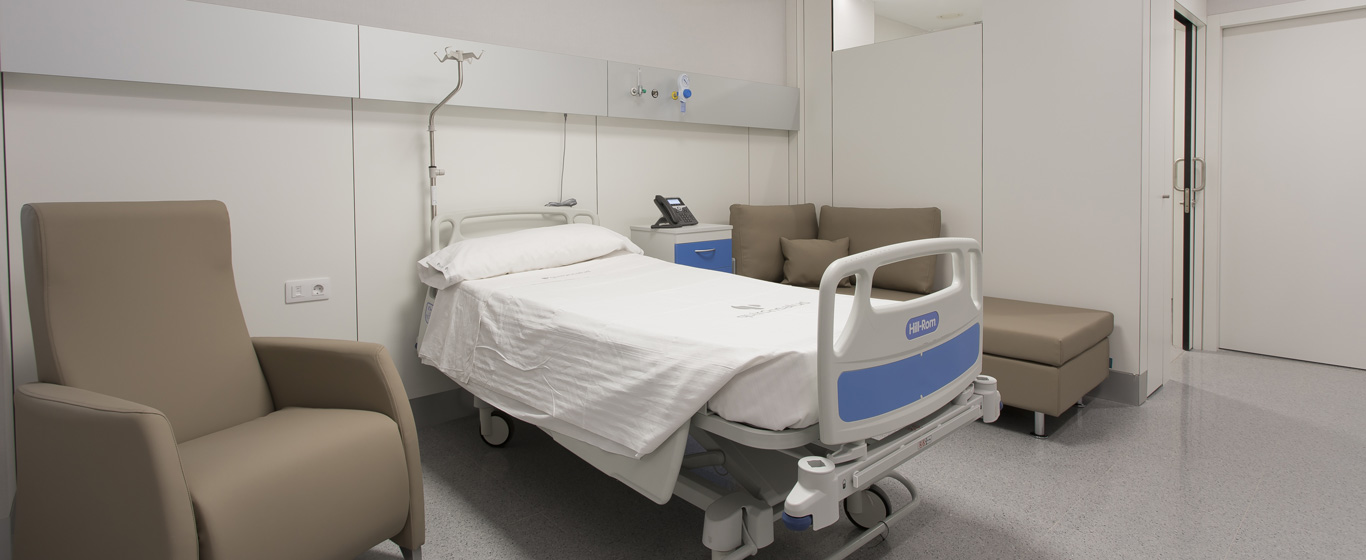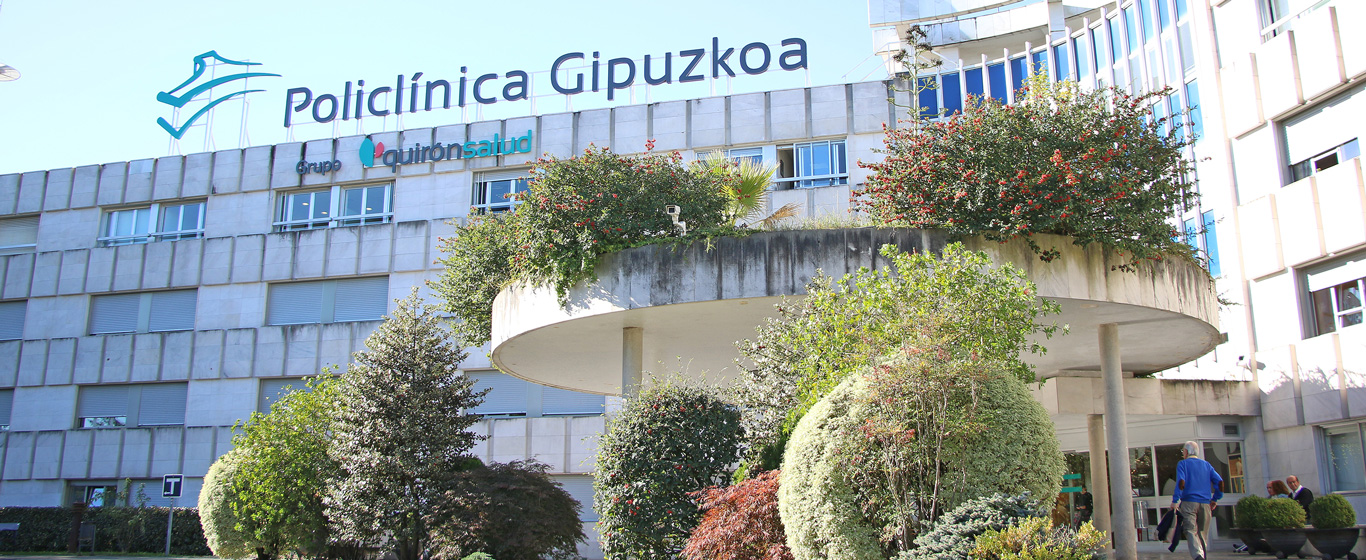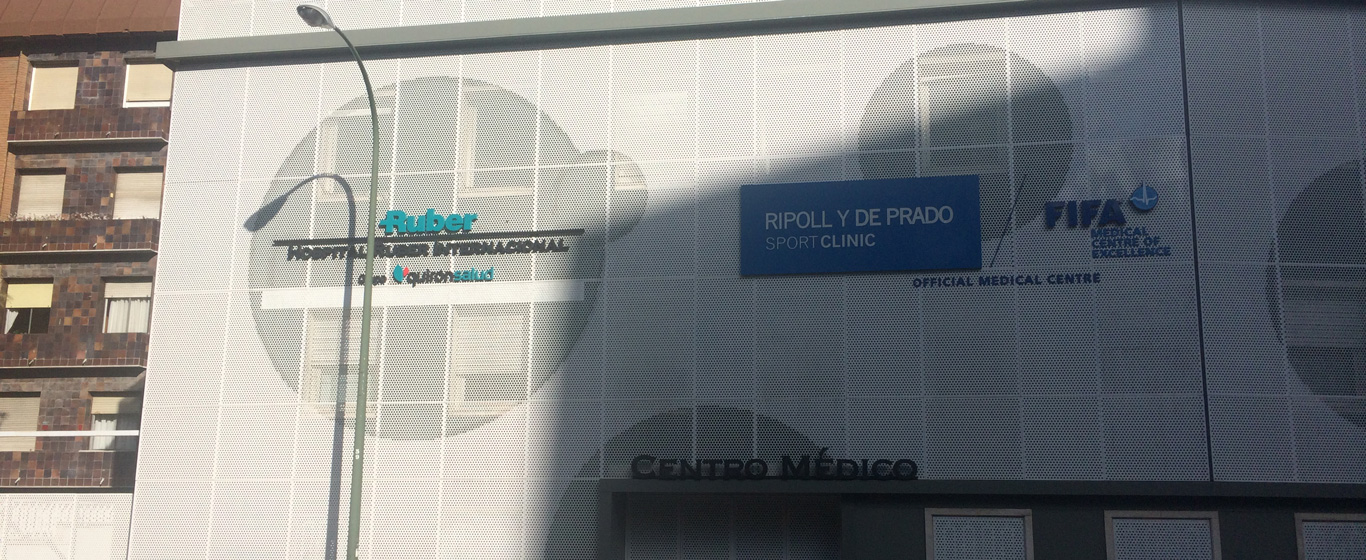Breast Cancer
What are the causes of breast cancer? Everything about prevention, causes, symptoms, and treatment of breast cancer.
Symptoms and Causes
Breast cancer is a disease in which the cells of the breast reproduce abnormally, resulting in the formation of a tumor in the chest. It generally originates in the ducts of the breast (ductal carcinoma) or in the lobules, which are small milk-producing glands (lobular carcinoma). It is the most common cancer in women, although in rare cases (1% of all cases), it can occur in men.
There are many different types of breast cancer depending on its location, origin, behavior, or extent. In most cases, it is a carcinoma, as these tumors originate in the epithelial cells.
Non-invasive or in situ breast cancer: These are lesions with a good prognosis, as the tumor cells have not spread beyond the duct or lobule where the lesion originated. They do not have local or distant invasive capacity.
- Ductal carcinoma in situ (DCIS): The tumor cells have not spread beyond the duct where the lesion originated. It must be surgically treated, as it may evolve into invasive carcinoma.
- Lobular carcinoma in situ (LCIS): The tumor cells have not spread beyond the lobule where the lesion originated. It is not a precancerous lesion; it is simply a "risk marker" for developing breast cancer.
Invasive or infiltrating breast cancer: The tumor extends outside the duct or lobule where the lesion appears.
- Invasive ductal carcinoma (IDC): The tumor cells originate in the milk ducts. It is the most common, both in women and men.
- Invasive lobular carcinoma (ILC): This is the second most common. It originates in the lobules, which are milk-producing glands.
- Inflammatory breast carcinoma: This is a rapidly growing tumor. The breast becomes inflamed, very red, and hot. It is often confused with mastitis, which leads to a delay in diagnosis.
- Paget’s disease of the breast: This is a scaly lesion on the nipple, which is sometimes associated with breast cancer.
- Metastatic breast cancer: This refers to advanced-stage breast cancer with distant organ involvement.
Breast tumors show different characteristics that allow us to classify them, so that an appropriate treatment plan can be devised for each one.
For this, we analyze the grade of the tumor and the immunohistochemical study.
The Histological Grade, which is graded from I to III, informs us about the histological aggressiveness of the tumor. Grade I is the least aggressive, Grade II is intermediate, and Grade III is the most aggressive.
The Immunohistochemical Study typically informs us about:
- Hormonal receptors (estrogen and progesterone): These are positive in 60-65% of cases. Their positivity indicates a good prognosis, as it means the tumor cells retain the characteristics of the original breast cells. It also predicts the response to hormonal therapy.
- HER2/NEU: This is a surface protein that is overexpressed if the gene is amplified. It occurs in 25% of breast tumors and indicates tumor aggressiveness.
- Ki-67: This is an antigen associated with cell proliferation and is expressed as a percentage from 1 to 100%. The higher the Ki-67, the more aggressive the tumor is considered. Tumors with a Ki-67 < 14% have a better prognosis.
Based on all of the above, we can define 4 types of breast cancer:
- Luminal A: This is the phenotype with the best prognosis. These are low-grade tumors, with positive hormonal receptors and low Ki-67. These tumors respond very well to hormonal therapy and less to chemotherapy.
- Luminal B: These are also hormone-dependent tumors, although in some cases, the progesterone receptor is negative, and the Ki-67 is usually higher. They respond to hormonal therapy but are more resistant and have a worse prognosis than Luminal A.
- HER2 phenotype: These are tumors that express HER2/NEU. They can be hormone-dependent or not. These tumors, initially of poor prognosis, are treated with targeted therapies with excellent response and evolution.
- Triple-negative: These are tumors with negative hormonal receptors and HER2 negative. They have a worse prognosis, but it is improving thanks to certain treatments.
Symptoms
In most cases, breast cancer is detected before it is discovered by the patient or doctors, thanks to screening mammography. When signs or symptoms appear, they are usually as follows:
- Palpable lump in the breast or armpit.
- Changes in the shape of the breast, asymmetry.
- Orange peel texture.
- Nipple retraction.
- Nipple discharge.
- Nipple eczema.
Causes
Breast cancer is a multifactorial disease, though we know that the risk increases with age, and it is more common in Caucasian women of higher socioeconomic status, likely due to reproductive habits (fewer children and at older ages) and breastfeeding habits (less breastfeeding) in the Western world. In contrast, in developing countries, where women have many children at a very young age and breastfeed their children for a long time, the breast experiences less estrogenic stimulation (pregnancy and breastfeeding prevent ovulation), which results in lower mutagenic risk in the breast tissue.
Risk Factors
Genetic Factors
BRCA1 and BRCA2 are two genes that protect against the development of breast and ovarian cancer. In cases where mutations in these genes exist, women who carry them have a very high risk of developing breast or ovarian cancer during their lifetime (reaching 85-90%) in some cases. Other genes associated with breast cancer include CHEK2, RAD51, and PALB2.
Family History
A family history of breast cancer (without a known genetic mutation) increases the risk of developing it, up to 1.7 times if there are first-degree relatives affected, and up to 3 times more if the diagnosis was made in premenopausal patients.
Proliferative Breast Disease
Certain conditions diagnosed through breast biopsies increase the risk of developing breast cancer, such as sclerosing adenosis and nodular hyperplasia (1.5-2 times the risk), atypical ductal hyperplasia or atypical lobular hyperplasia (4-5 times), or lobular carcinoma in situ (up to 8 times).
Menstrual and Reproductive Factors
Early menarche, late menopause, and nulliparity or having children later also increase the risk of developing breast cancer. This is due to the "estrogenic insult" on the breast tissue caused by prolonged ovulation, which increases the risk of mutations in breast tissue. For the same reason, breastfeeding protects the breast and appears to decrease the risk of breast cancer.
Alcohol, Diet, Obesity
Moderate alcohol consumption (1-2 glasses per day) seems to slightly increase the risk of breast cancer, as does a diet high in fats. Obese women, who produce more estrogens in peripheral fat due to androgen conversion, also have a higher chance of developing the disease and, once diagnosed, a higher mortality rate (not only due to cardiovascular risk, etc., but also because of an increased risk of recurrence and secondary mortality).
Prevention
Although until recently self-examination for lumps in the breast was recommended, nowadays prevention is based on early detection tests.
Screening campaigns in Spain consist of a mammogram every two years for healthy women between the ages of 50 and 69. However, specialists determine when it is necessary to start screening from the age of 45.
Additionally, it is recommended to avoid alcohol, exercise regularly, and, if possible, avoid hormonal therapies during menopause.
What doctor treats breast cancer?
The management of breast carcinoma requires a multidisciplinary approach, involving many specialists such as radiologists, gynecologists, radiotherapy oncologists, and plastic surgeons, typically led by the medical oncologist, who plans the treatment in a global and consensual manner.
Diagnosis
The following examinations are typically performed for breast cancer diagnosis:
- Physical examination: This is crucial in evaluating patients, as sometimes the tumor is palpable, and much information can be gathered.
- Mammography: Thanks to screening mammography, most breast cancers are diagnosed at early stages when the lesion is still not palpable. Mammography has been shown to reduce breast cancer mortality among women aged 50 to 65. Its use in younger patients and older patients is more controversial and not established in all countries. The most common findings are:
- Mammary architectural distortion
- Breast nodule
- Grouped microcalcifications
- Ultrasound is an essential complementary test for confirming suspicious lesions seen on mammography. It is also commonly used to locate the lesion for the biopsy procedure. Additionally, it is the best method for exploring the armpit to detect lymph nodes for possible biopsy.
- Breast MRI: This technique is increasingly gaining ground in the diagnosis and staging of breast cancer. Its main uses are:
- Confirm suspicious lesions found in mammography and/or ultrasound.
- Pre-surgical staging to detect lesions in other parts of the breast or in the contralateral breast.
- Breast Biopsy: A sample of breast tissue is taken and analyzed in the laboratory to confirm the presence of tumor cells.
Treatment
Breast cancer treatment depends on the stage and histological subtype of the disease. Currently, treatment is increasingly individualized, meaning the order of therapies may change; some therapies are active in certain tumors but not others. It is essential to include patients in clinical trials to investigate new drugs or alternative treatments.
The main pillars of breast cancer treatment are:
Surgery
- Mastectomy and conservative surgery: Surgery has been and remains the cornerstone of local breast cancer treatment. In recent years, the trend has been to minimize the surgical aggression to patients, with radical mastectomies giving way to less aggressive surgeries, known as modified mastectomies. Since the 1970s, conservative treatment has been implemented in patients with small tumors, as it was determined that the risk of local recurrence did not increase if the remaining breast was irradiated after surgery.
- Axillary lymphadenectomy and selective sentinel lymph node biopsy (SLNB): Traditionally, surgery for breast cancer included axillary surgery, where axillary lymph nodes to which the tumor drains are removed as the theoretical first regional step. Axillary lymphadenectomy, in addition to removing affected lymph nodes, provides very important prognostic information, so the greater the number of affected nodes, the higher the risk of disease spread, and the treatment plan will be more aggressive. However, many women were subjected to lymphadenectomy even if they had no axillary involvement, particularly in tumors smaller than 2 cm. This led to the development of a technique where the first axillary node to drain the tumor is analyzed during surgery. If this node is negative, axillary surgery is avoided. This technique, which involves injecting a radioactive tracer into the tumor the day before surgery, and locating the first draining lymph node in the operating room using a probe, has avoided many unnecessary axillary surgeries, reducing the problem of lymphedema (swelling due to poor lymphatic drainage) in the arm of patients.
Radiotherapy
Radiotherapy in breast cancer has two main indications:
- Post-surgery radiation: For patients who undergo conservative surgery or have axillary lymph node involvement. This approach has been shown to decrease the risk of local and regional recurrence in breast cancer, subsequently lowering the risk of distant metastasis.
- Palliative radiation: Primarily used for bone lesions to control pain and fracture risk. It is also indicated for metastatic brain spread. Newer radiation techniques, such as radiosurgery, allow targeted radiation of localized lesions without affecting surrounding tissue and are increasingly used in clinical practice.
Chemotherapy
Chemotherapy includes drugs that are administered orally or intravenously for the treatment of breast cancer. The most commonly used in breast cancer are anthracyclines and taxanes.
Immunotherapy
Immunotherapy activates the patient’s immune system to attack tumor cells.
Hormonal Therapy
Hormonal therapy is only effective in tumors with positive hormonal receptors. It targets the estrogen and/or progesterone receptor, inhibiting its signal to control tumor growth. It is a very effective treatment with few side effects.

























